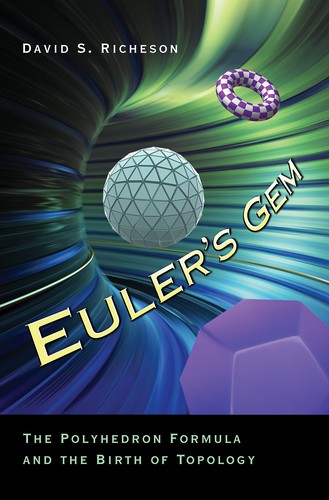Soh Kam Yung reviewed Light in the Darkness by Heino Falcke
My review of " Light in the Darkness".
3 stars
An interesting book about the attempt by an international group of scientists to fulfil an audacious goal. To the take first ever image of a supermassive black hole. Written by one of the principal scientists behind the endeavour, you'll get a history of astronomy as related to black holes, the planning and executing of the attempt to image a black hole (including his personal involvement) and his thoughts on the future of astronomy and his opinions on the intersection of science and religion.
The first part gives a condensed history of astronomy from ancient times (the heliocentric universe) to the modern one (as seen under Einstein's General Theory of Relativity). The formation of stars and how some of them die to produce black holes is the covered.
The second part looks at the author's (and others) theoretical research into black holes, and it dawns on him that it just may …
An interesting book about the attempt by an international group of scientists to fulfil an audacious goal. To the take first ever image of a supermassive black hole. Written by one of the principal scientists behind the endeavour, you'll get a history of astronomy as related to black holes, the planning and executing of the attempt to image a black hole (including his personal involvement) and his thoughts on the future of astronomy and his opinions on the intersection of science and religion.
The first part gives a condensed history of astronomy from ancient times (the heliocentric universe) to the modern one (as seen under Einstein's General Theory of Relativity). The formation of stars and how some of them die to produce black holes is the covered.
The second part looks at the author's (and others) theoretical research into black holes, and it dawns on him that it just may be possible to get an image of the close environment around the supermassive black holes that sit that the centre of most galaxies. Now to put theory in practice: various negotiations and presentations to get funding, equipment and radio telescope time are put together, and the international collaboration called the Event Horizon Telescope is finally ready to attempt to capture the image.
The next part now goes into the details of the actual observations made by the authors and others all over the world. The stress and strains of coordinating multiple simultaneous capturing of data are shown and in the end, the data is captured. But now comes the hard part of extracting the image from the data. Finally, the image is revealed to a waiting world, and the image proves to be a massive public hit.
The last part is more of the author's speculations and thoughts on what the future holds, as well as his thoughts and opinions on the intersection of science and religion.


